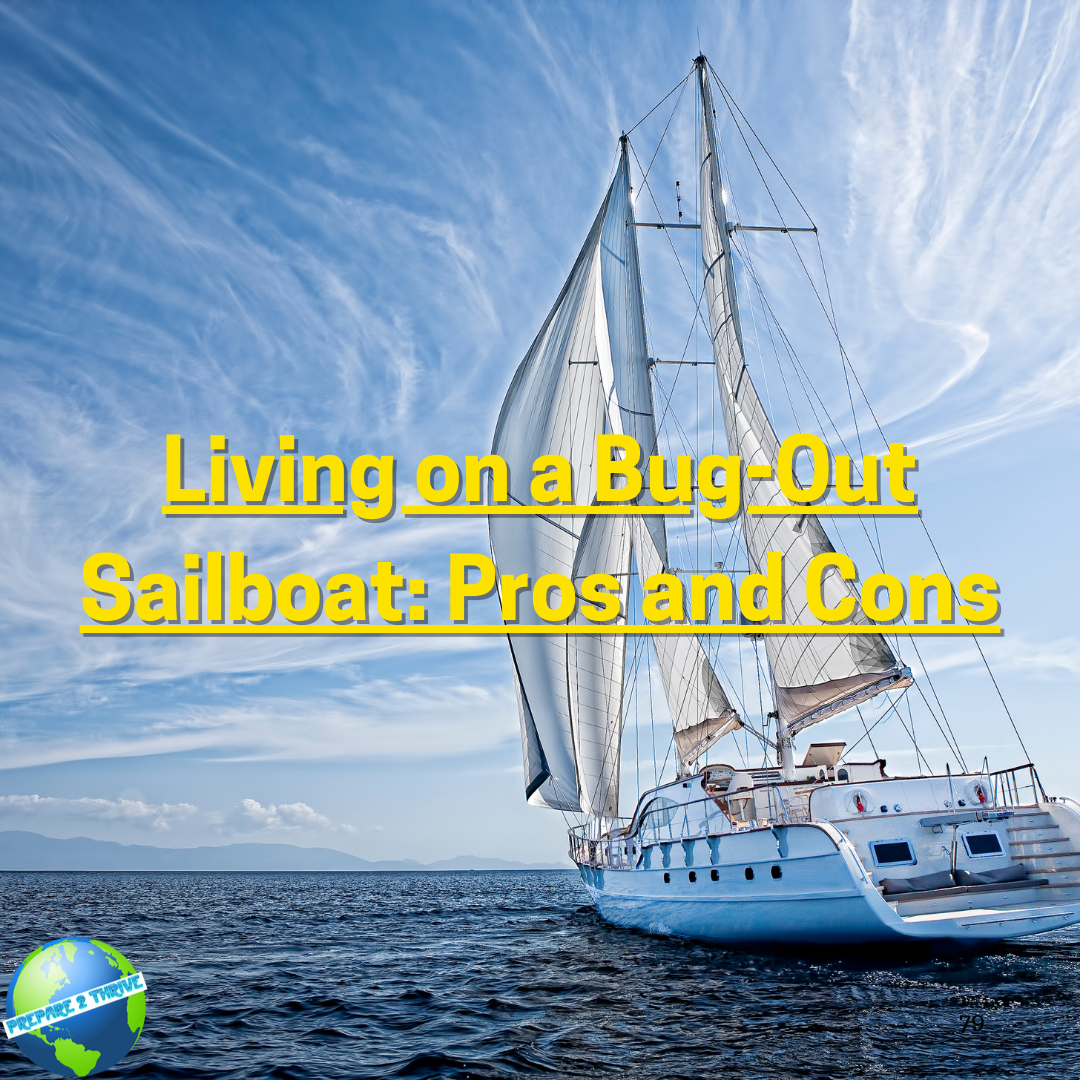Living on a sailboat has become increasingly popular over the years, especially among those seeking a simpler and more sustainable lifestyle. While some choose to live on a sailboat for the adventure and freedom it offers, others see it as a means of preparing for emergencies or natural disasters. In this article, we will explore the pros and cons of living on a bug-out sailboat and what factors one should consider before making the decision to live on one.
Advantages of Living on a Bug-Out Sailboat
A. Mobility and flexibility: ability to travel and relocate easily
One of the biggest advantages of living on a sailboat is the freedom and mobility it provides. Living on a sailboat allows you to easily relocate and explore new places without being tied down to a specific location. It also provides a sense of independence as you have full control over where you go and when you leave. In case of an emergency, a bug-out sailboat can be a useful tool for evacuating from an area quickly.





